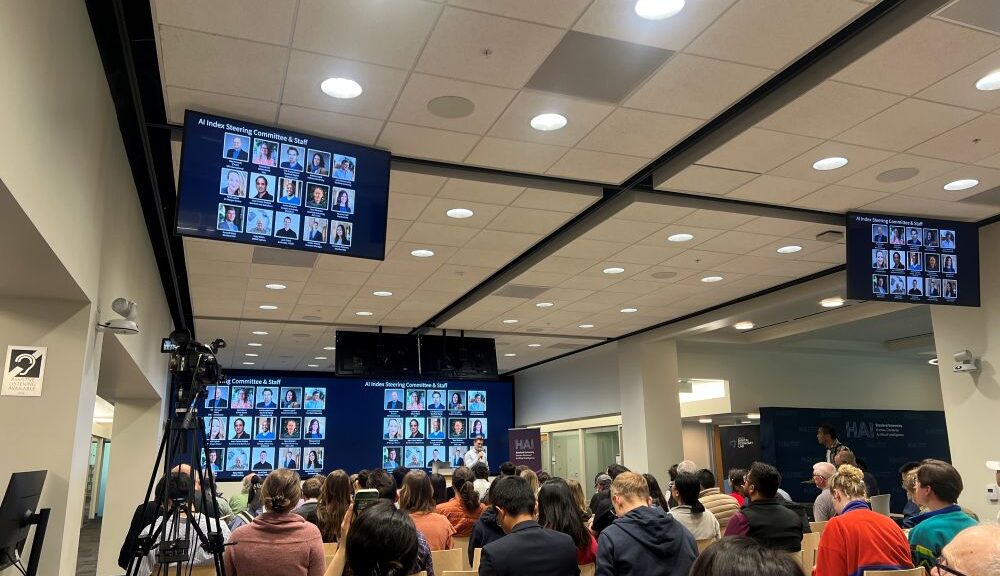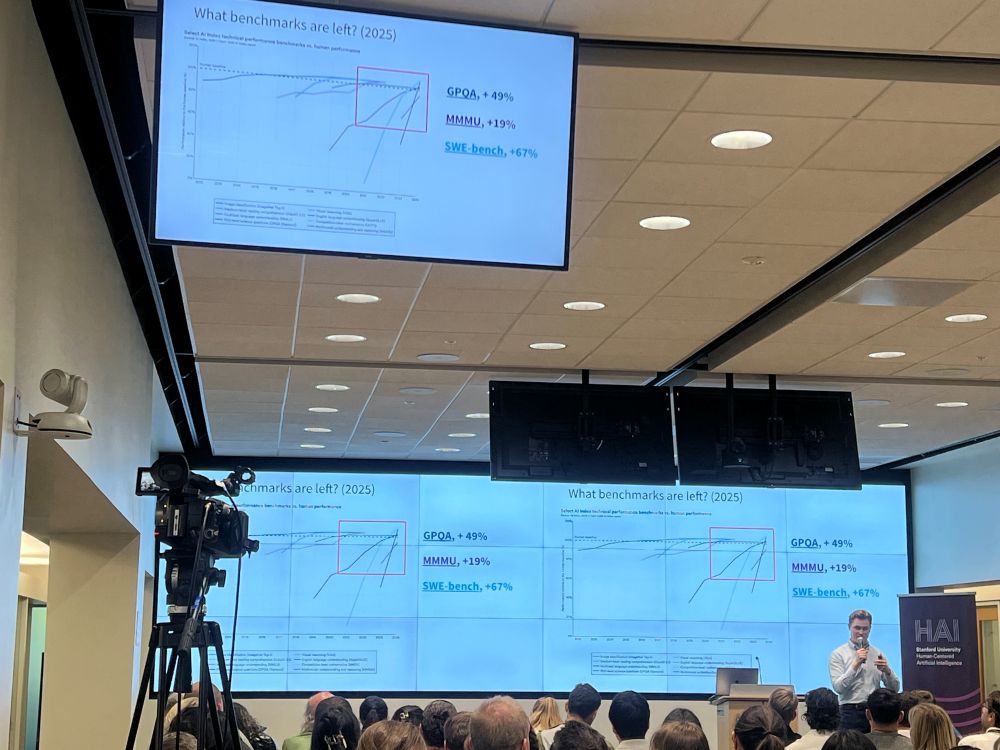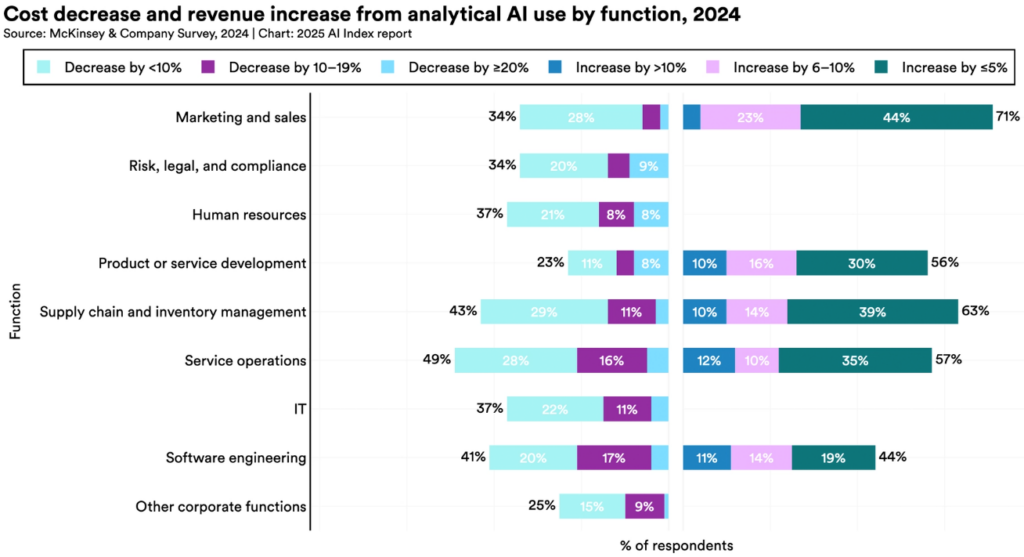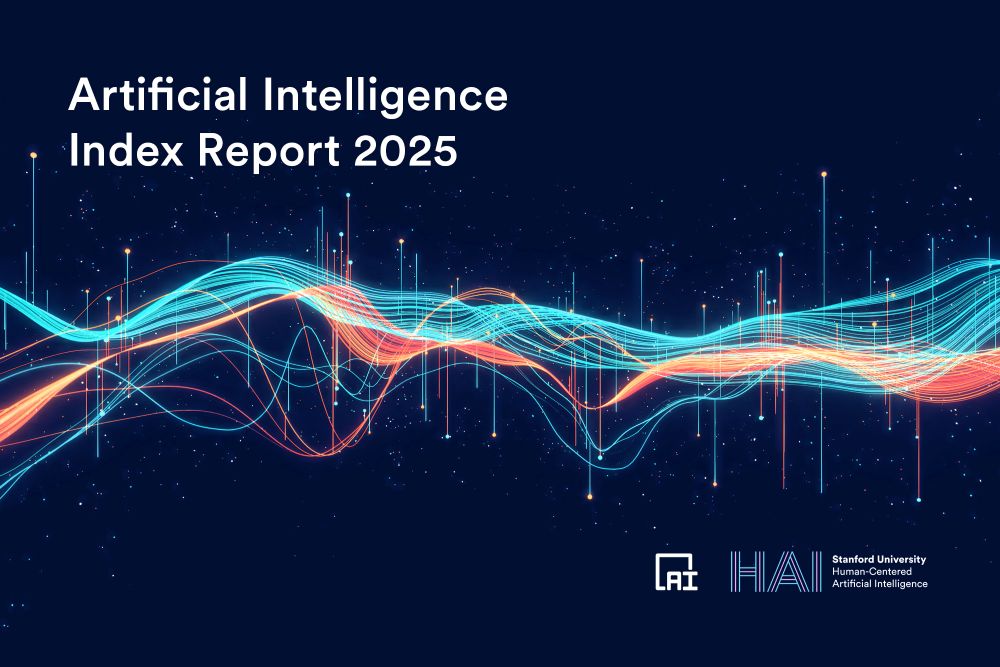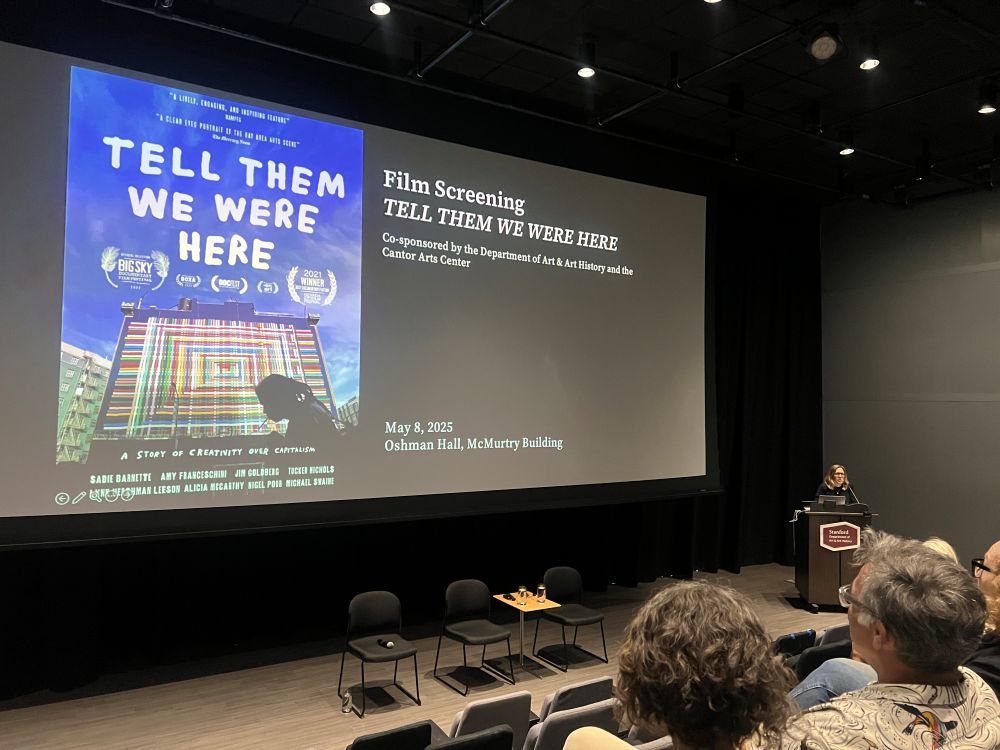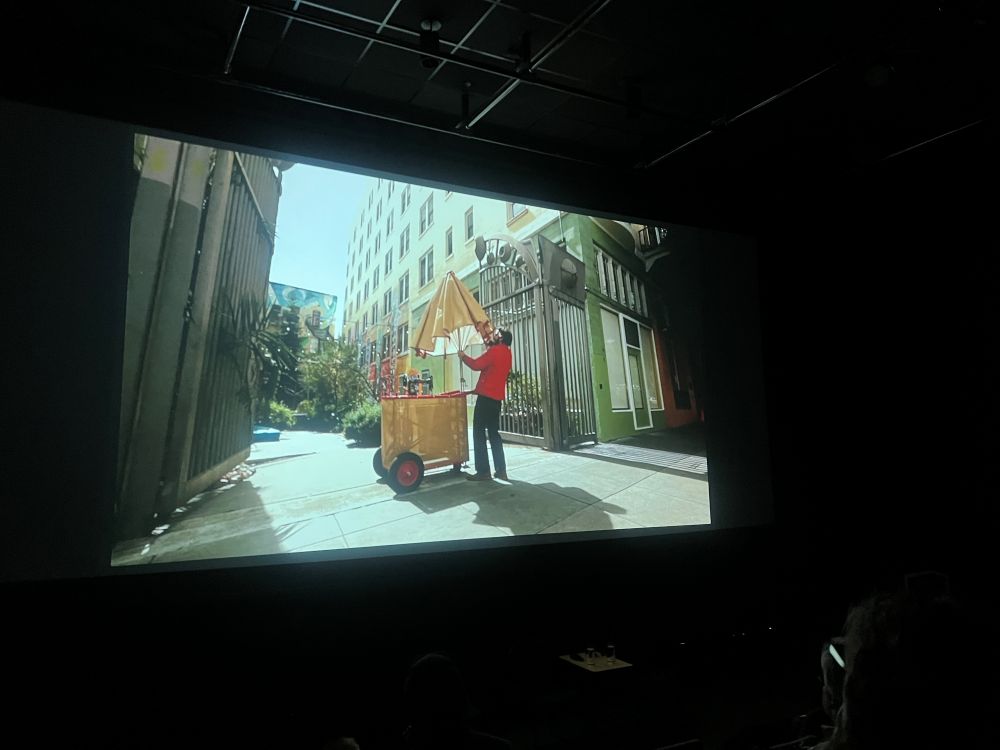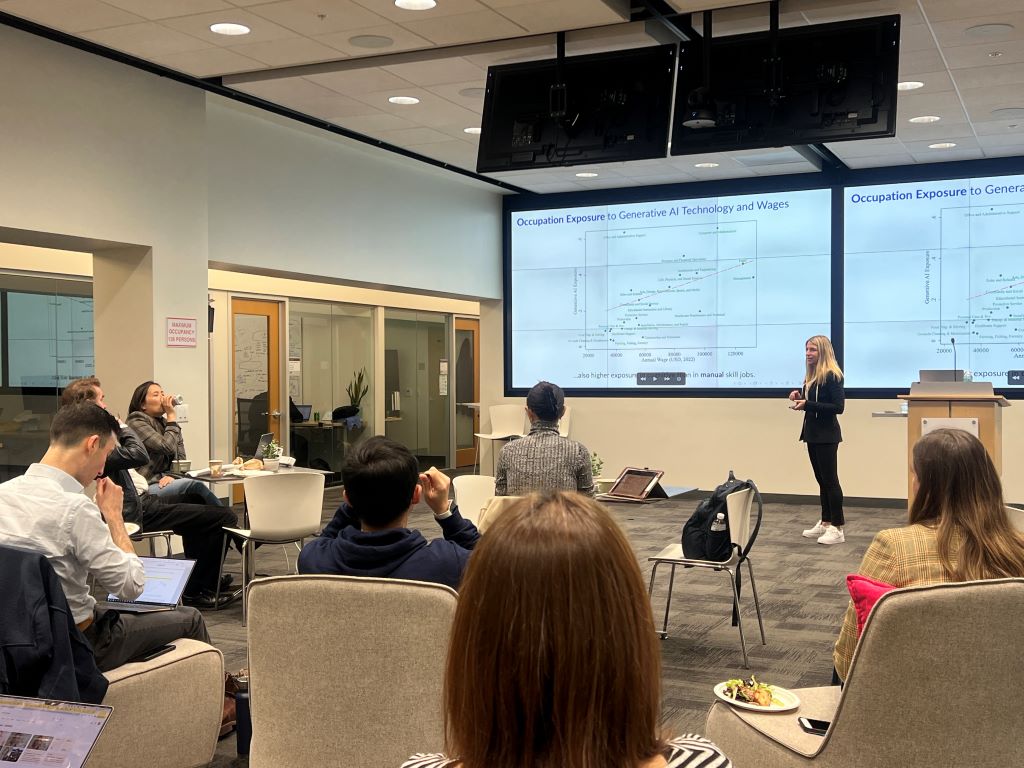When I stayed at the Simpson House Inn in Santa Barbara, the staff told me to visit the Santa Barbara Company for gifts. They said it is the best place. I went there and saw why.

The store does not only sell items one by one. It makes gift boxes with many different things.

One basket had bath salts, white sage soap, a candle, and a seaside mist. These items are chosen for a calming ritual.

Another box had honey, tea bags, postcards, and a candle, showing the taste of Santa Ynez Valley.

A third box had cookies, a honey lollipop, dried flowers, and a small owl-shaped soap. Each box gave a different feeling.
Making these combinations is not simple. It is difficult to choose across categories and still make the gift feel right. But when it works, it matches well with the personal taste of the receiver. One good example is the wine display by the Inglenook winery.

I do not believe AI could easily perform this task. AI can recommend based on past data, but true curation requires subjectivity. To make new and surprising combinations, human taste and imagination are needed. In that sense, curated gift boxes remind me that human taste is still a unique form of intelligence
***
Reference
Hwang, S., Park, H., Sohn, M., Yoo, D., Han, C., & Joo, J. (2022). Goal based bundling: A behaviorally informed strategy to combine multiple smart products. In G. Bruyns & H. Wei (Eds.), [ _ ] With Design: Reinventing Design Modes (pp. 2888–2901). Singapore: Springer.
Contemporary electronic manufacturers struggle with how to develop attractive bundles by combining their existing smart products. In the present work, we propose Goal Based Bundling (GBB) by drawing on the academic research of goal systems theory (Kruglanski et al., 2018) and shed light on two previously ignored aspects of bundling strategy: service and glue product. We applied our GBB to a collaborative project with Samsung Electronics, whose goal was to develop new product bundles for kids by combining multiple smart home products. We constructed a framework of Samsung Electronics’ smart products and then visualized it on its sales website. A UI design conveying the value of smart products bundle was developed based on GBB structure. We discuss the process and the result of our project to provide insights into the product managers who combine existing smart products to develop a bundle.


